

Arapaho. Cradle Board with Quill Work, 1870s. Muslin, willow, porcupine quill, dye, deer hide, 30 × 10 1/2 × 9 in. (76.2 × 26.7 × 22.9 cm). Brooklyn Museum, Brooklyn Museum Collection, X1126.36. Creative Commons-BY (Photo: Brooklyn Museum, X1126.36_PS2.jpg)

Arapaho. Cradle Board with Quill Work, 1870s. Muslin, willow, porcupine quill, dye, deer hide, 30 × 10 1/2 × 9 in. (76.2 × 26.7 × 22.9 cm). Brooklyn Museum, Brooklyn Museum Collection, X1126.36. Creative Commons-BY (Photo: Brooklyn Museum, CUR.X1126.36_view1.jpg)
Cradle Board with Quill Work
Arts of the Americas
CULTURE
Arapaho
MEDIUM
Muslin, willow, porcupine quill, dye, deer hide
DATES
1870s
DIMENSIONS
30 × 10 1/2 × 9 in. (76.2 × 26.7 × 22.9 cm) (show scale)



COLLECTIONS
Arts of the Americas
ACCESSION NUMBER
X1126.36
CREDIT LINE
Brooklyn Museum Collection
CATALOGUE DESCRIPTION
This is a classic style of Northern Arapaho cradle except instead of hide it was made of muslin. The quilled disc is a design element that is symbolic for protecting the brain of the baby and is made with sacred colors of red, yellow and black. The lacings represent the baby's ribs, arms, and legs. There are ladder like bands of quillwork that frame the child's face flopping over like braids. The cradle is fashioned over a bent willow hoop.
The Arapaho had a Sacred Guild of Quill workers. After initiation quill workers were allowed to make a type of holy embroidery with symbolic designs. Work was restricted to a few objects and four specific colors representing four directions. The cradle is like a tipi as it houses the baby like a tipi houses the family and tribe so both men and women are represented. The disc is a traditional Arapaho design done a lot by the Women's Society of Quill workers.
The Shoshone/Arapaho started making these types again in the 1970s and they might still be making them. Possibly matches with cradle strap 05.568.
EXHIBITIONS
MUSEUM LOCATION
This item is not on view
CAPTION
Arapaho. Cradle Board with Quill Work, 1870s. Muslin, willow, porcupine quill, dye, deer hide, 30 × 10 1/2 × 9 in. (76.2 × 26.7 × 22.9 cm). Brooklyn Museum, Brooklyn Museum Collection, X1126.36. Creative Commons-BY (Photo: Brooklyn Museum, X1126.36_PS2.jpg)
IMAGE
overall, X1126.36_PS2.jpg. Brooklyn Museum photograph, 2008
"CUR" at the beginning of an image file name means that the image was created by a curatorial staff member. These study images may be digital point-and-shoot photographs, when we don\'t yet have high-quality studio photography, or they may be scans of older negatives, slides, or photographic prints, providing historical documentation of the object.
RIGHTS STATEMENT
Creative Commons-BY
You may download and use Brooklyn Museum images of this three-dimensional work in accordance with a Creative Commons license. Fair use, as understood under the United States Copyright Act, may also apply.
Please include caption information from this page and credit the Brooklyn Museum. If you need a high resolution file, please fill out our online application form (charges apply).
For further information about copyright, we recommend resources at the United States Library of Congress, Cornell University, Copyright and Cultural Institutions: Guidelines for U.S. Libraries, Archives, and Museums, and Copyright Watch.
For more information about the Museum's rights project, including how rights types are assigned, please see our blog posts on copyright.
If you have any information regarding this work and rights to it, please contact copyright@brooklynmuseum.org.
RECORD COMPLETENESS
Not every record you will find here is complete. More information is available for some works than for others, and some entries have been updated more recently. Records are frequently reviewed and revised, and we welcome any additional information you might have.
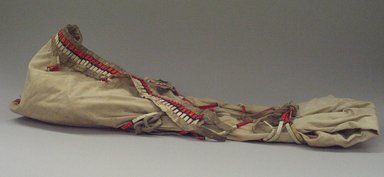




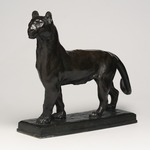

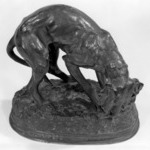





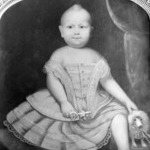






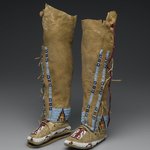







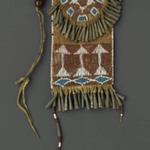

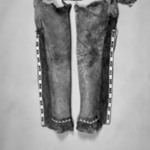


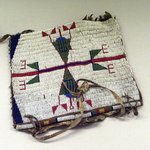


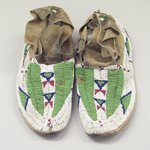





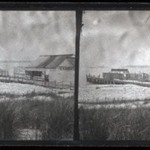
![[Untitled]](https://d1lfxha3ugu3d4.cloudfront.net/images/opencollection/objects/size2_sq/82.65.489.jpg)